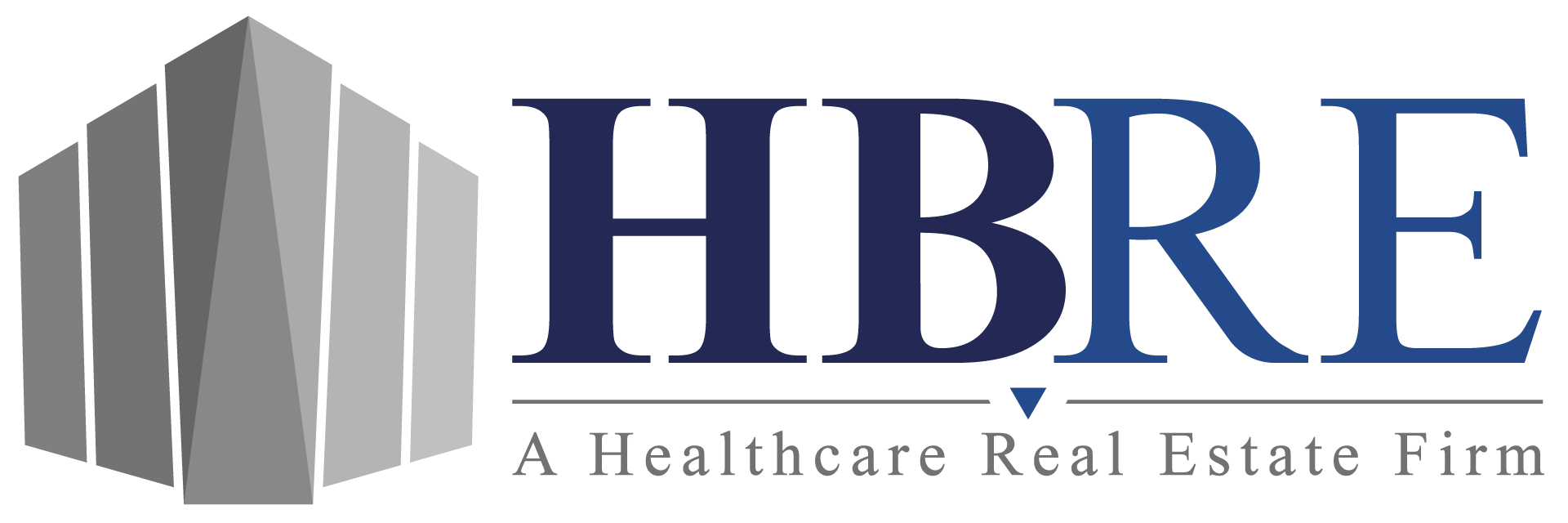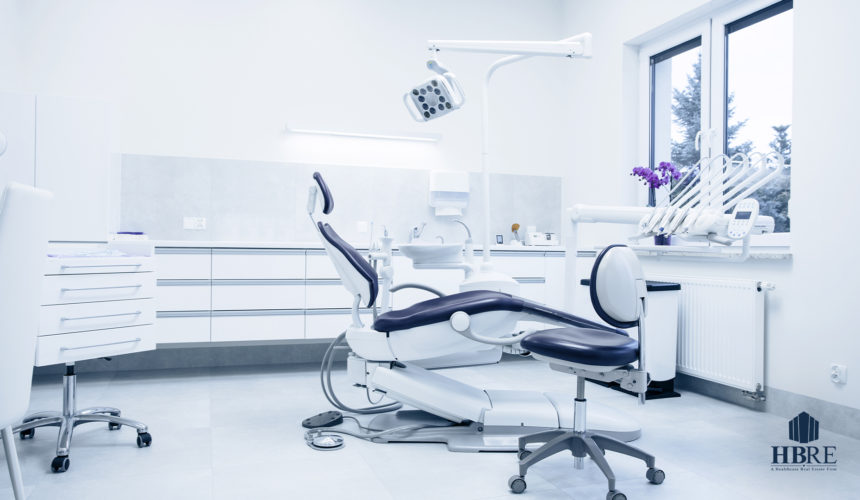In our previous blogs, we’ve discussed the differences between types of medical properties. An industry as unique as healthcare is bound to require specialized structural components. But there are two more distinct categories of healthcare that even the insurance companies have separated—medical and dental.
In 2021, Statista.com recorded a little over one million active physicians in the U.S. Also, according to IBISWorld.com, close to 200,000 dental practices exist in the U.S. Those numbers are staggering and infer the necessity of a substantial number of healthcare facilities to serve patient needs. However, medical brokers know that not every healthcare facility will serve every health specialty. So as much as medical and dental practices differ in their healthcare services, they differ in their facility needs as well.
Building Requirements
Similar to medical offices, dental offices must abide by specific building requirements. Several federal and local guidelines impact the design of both medical and dental properties:
- The Americans with Disabilities Act (ADA)
- Zoning Laws
- Building Codes
- Federal Laws (such as HIPAA laws)
- OSHA and the Environment Protection Agency
But, the differences between medical and dental offices come in their layout and structural needs. These are a few of the major differences:
Open Layout vs. Individual Patient Rooms
In a standard dental office, treatments do not require complete patient privacy. Dental offices either have open floor plans or walls between operatories (the space around the dental chair). But, due to the nature of medical treatments, medical office buildouts typically include enclosed patient rooms.
Requirements for X-ray Equipment
Medical offices tend to have separate rooms specifically for X-ray equipment. These rooms must have lead-lining within the walls. But unlike medical offices, many dental offices choose to have x-ray heads per operatory. The dental offices that use walls to divide the operatories can house their x-ray heads there, reducing the need for extra cabinetry and reducing the cost. But these walls still must use lead-lining. Dental offices that choose to use cabinetry for housing X-ray heads use lead-lined cabinetry.
Facility Size
Hospitals and surgery centers have to consider factors like the width of the hallways or doorways to fit hospital beds and gurneys. But dentist practices don’t need to focus on the same things. Instead, one source suggests they should account for a minimum of 500 square feet per dental chair. Generally, dentists need a total of 2,000-3,500 square feet. That guideline maximizes the space for optimal flow of patients and staff members.
Are Office Conversions Cost-Effective?
Some dentists would love to become owner-occupiers of their facilities. But in this market, it can be challenging to find an existing dental facility at the right price. So would it be cost-effective to purchase an existing medical facility and convert it to dental use?
For dental practices to convert an existing medical building, they need to add water lines, gas, and any buildout features that apply to their specific practice. The cost to convert a space into a fully functioning dental space can be $50 to $75 more per square foot. In many cases, it would be more cost-effective for a dental practice to lease or even purchase an existing dental property. But as always, each specific practice and building would need to review their markets, finances, and available properties before determining what is right for their practice.
HBRE and Healthcare Real Estate
HBRE is a healthcare real estate practice dedicated to assisting health professionals with all commercial real estate needs. Both dental and medical professionals can trust HBRE to assist with real estate needs like building sales, building purchases, lease agreements, lease renewals, and ongoing tenant-landlord communications. Whether a dental practice or medical practice is looking for a property that fits their needs, they can trust HBRE to guide them through every step of the property search and final transaction.
If you are interested in learning more about investing in commercial real estate, or if you have questions about buying, selling, or leasing a commercial property, please contact an HBRE advisor. Our team of experienced CRE professionals have the skills and insight to assist with all property transactions. To reach out to us directly, email [email protected] or call 615-564-4133.




